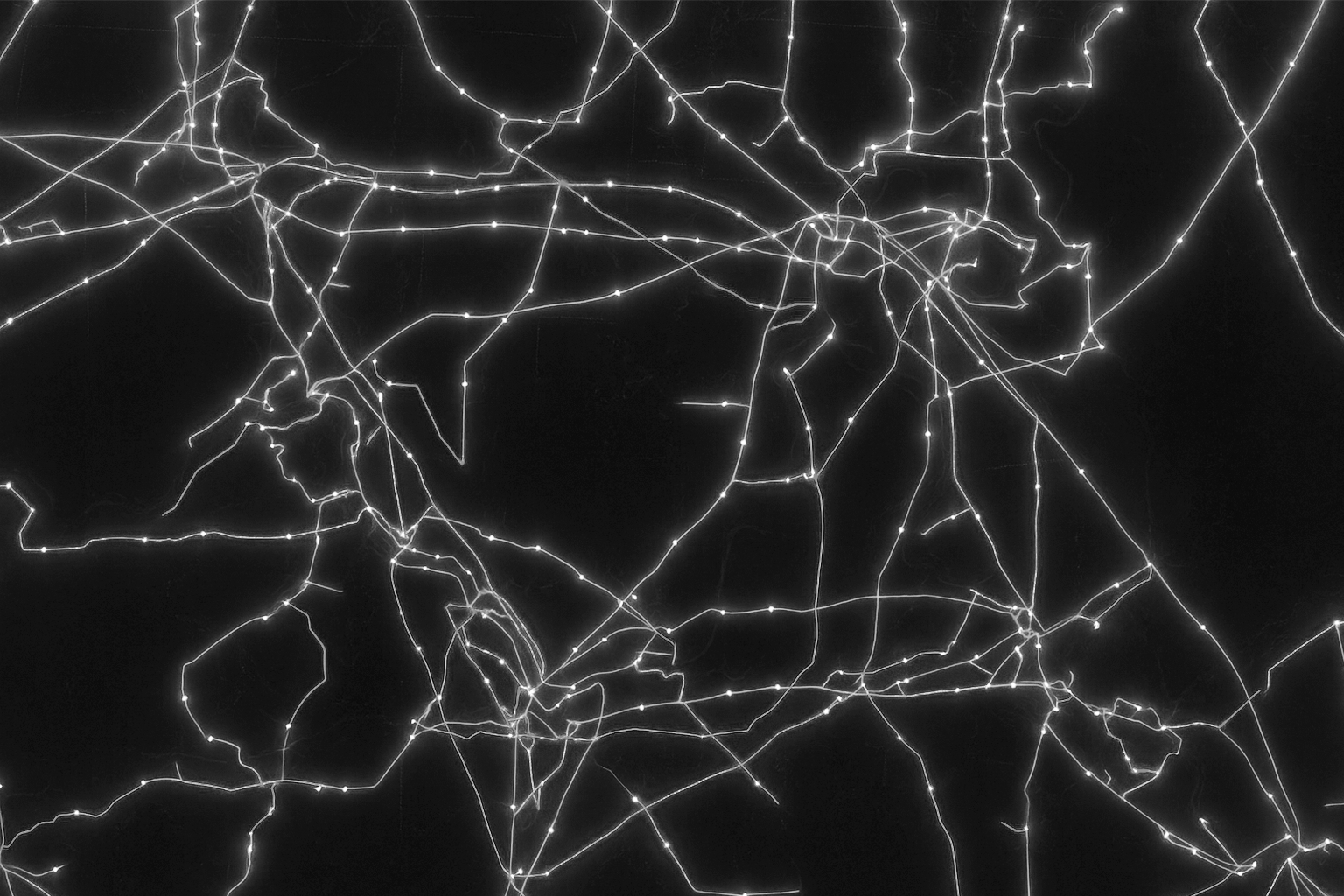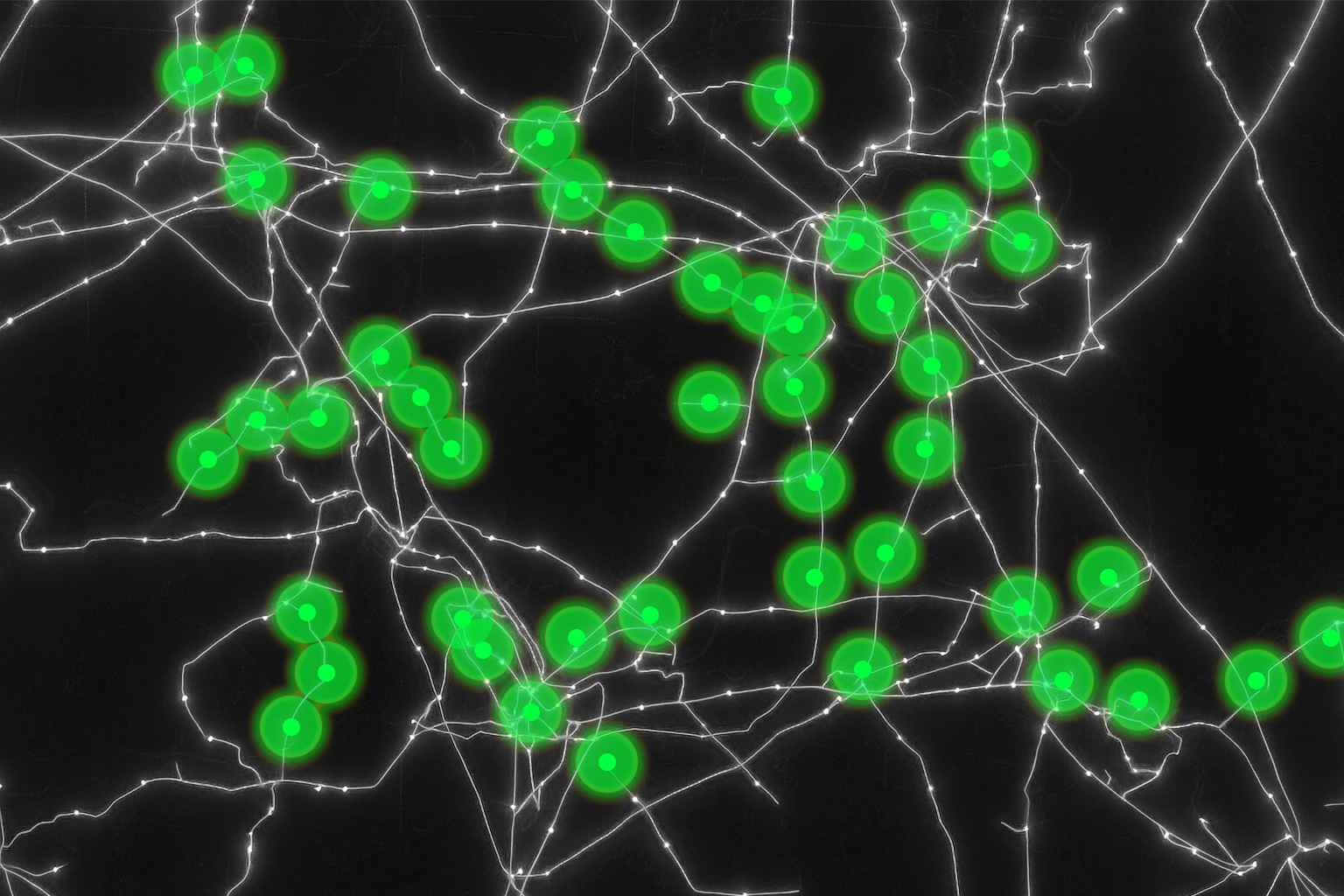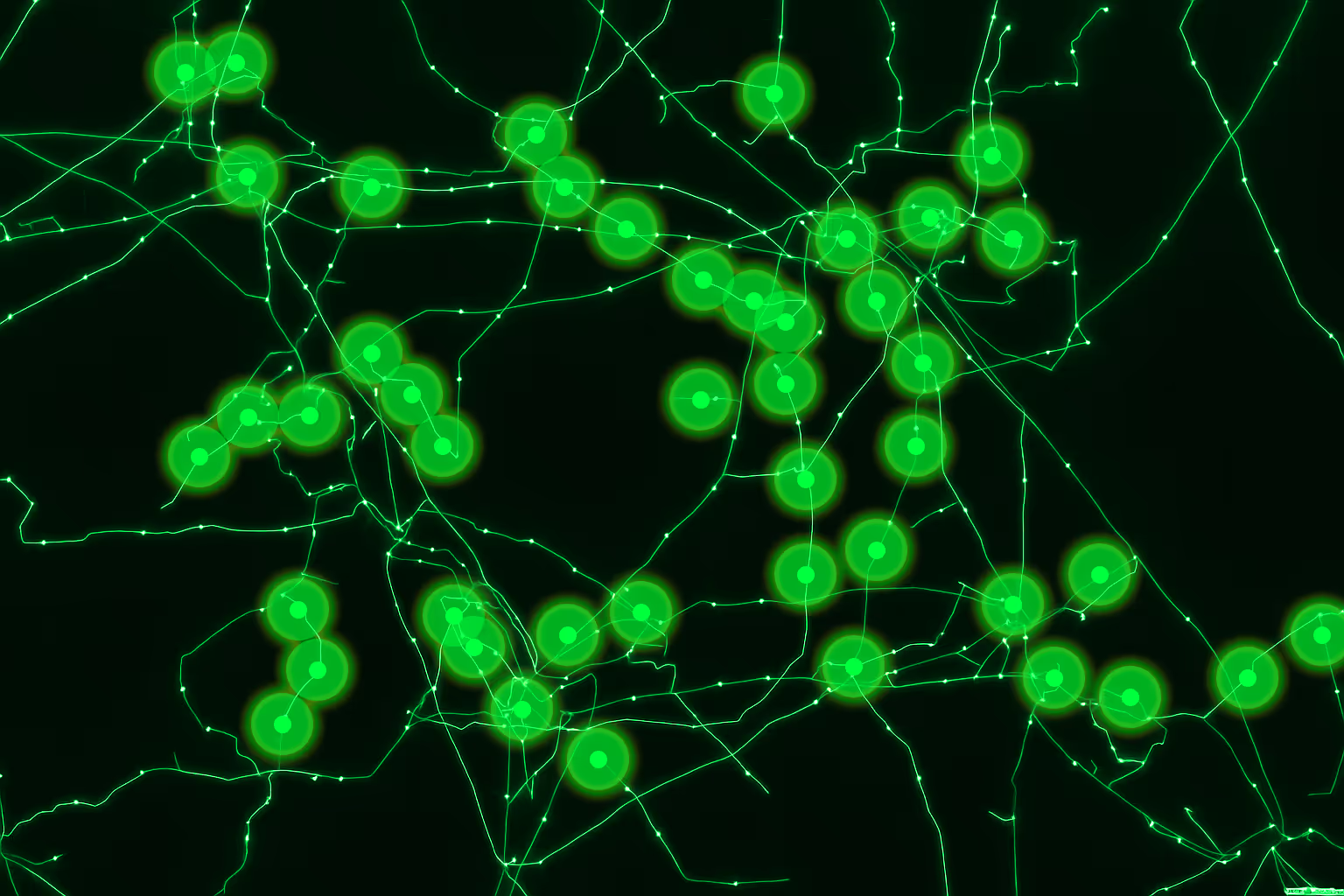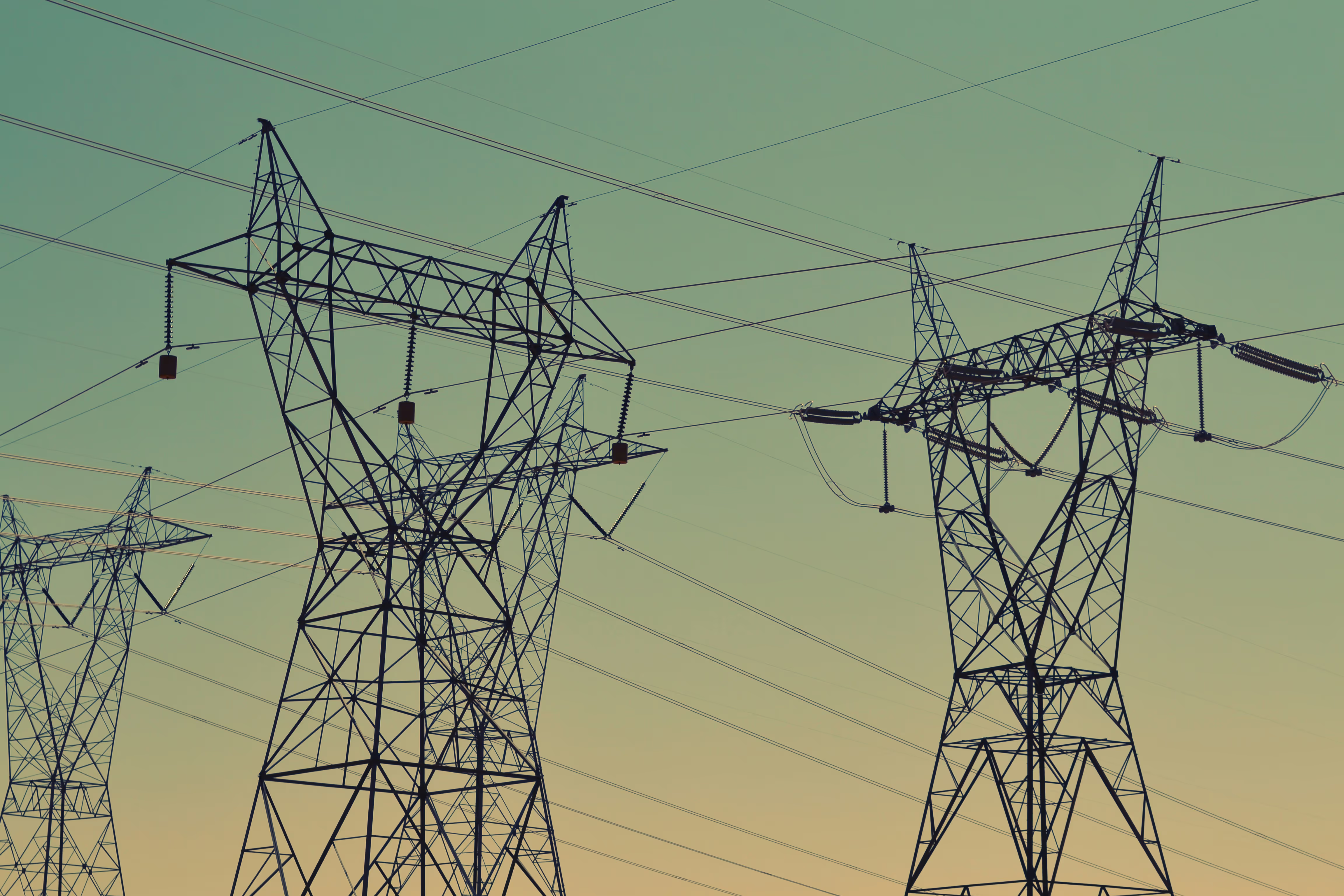Network-Wide, Sensor-Enhanced Dynamic Line Ratings
Optimize capacity to gain the flexibility needed to deliver reliable, affordable power

DLR is a quick, affordable solution to support load growth, maximize efficiency, and accelerate interconnection

LineRate®

LineVision's Dynamic Line Ratings
LineVision uses advanced wind modeling, machine learning, and sensor measurements to accurately calculate the true thermal capacity of transmission lines and provide confident forecasts using 30-meter resolution wind.
Getting to full grid optimization
LineVision delivers rapidly implemented system-wide dynamic line ratings. We identify areas of risk and opportunities to deploy sensors for maximum capacity optimization, vegetation management, and infrastructure upgrades.
Network-Wide Dynamic Line Ratings
Maximize visibility for critical lines
best-in class, end-to-end services




What You Get with LineRate
Best-in-Class, network-wide DLR using Computational Fluid Dynamics (CFD) wind modeling & Machine Learning
Enhanced DLR accuracy via tower-mounted anemometers and visual validation
Safety and Reliability via Conductor Monitoring
Forecasted dynamic line ratings hourly up to 240 hours (10 days)
Emergency Ratings
P-Value Tuned to Your Risk Profile
Secure EMS integration (NERC-CIP compliant)
FERC 881 & NERC FAC-008 Compliance

Discover how DLR helped AES safely optimize capacity and strengthen resilience

AJ Hall
Portfolio Management Director, AES
Connect with our grid modernization team today
FAQs
The use of DLR in operations provides grid operators with more visibility into their system and more control over their grid. Seamlessly integrated into the control room EMS, they optimize transmission by identifying the true thermal limits of overhead conductors. Grid operators can use these ratings in real-time and day-ahead markets and operations.
When DLR technology is used in operations, historical line ratings can be analyzed to create probabilistic line ratings which can be available on a seasonal, monthly, or more granular level to inform the planning process. The additional data regarding the hourly / sub-hourly thermal rating that comes from DLR can help maximize the efficiency of transmission planning.
Most utilities that use LineVision DLR experience average capacity gains upwards of 30%, with some reaching the triple digits on certain lines. The capacity change will vary by a large set of variables, including; region, conductor/tower type, current rating methodology, utility risk profile, and climate. During the sales process, LineVision conducts rigorous profiling studies to analyze target lines and scope out a project with maximized benefit.
(DLR) differs from AAR by using real-time weather and wind data, resulting in more accurate ratings. DLR provides enhanced operational awareness and risk reduction by avoiding overstated capacity and detecting potential anomalies. Additionally, sensor-validated DLR offers increased accuracy and deep learning capabilities alongside the use of software-only models.
LineVision’s line rating systems are designed to fully comply with NERC-CIP requirements if deemed in scope by the utility.
LineVision has successfully achieved ISO 27001:2022 certification for our Operationalized LineRate solution, demonstrating the comprehensive measures we have implemented to ensure the confidentiality, integrity, and availability of our customers' data. We have undergone rigorous 3rd party audits and assessments, which are updated annually, affirming that our information security controls meet the stringent requirements of the standard.
DLR can be deployed on new transmission projects, existing infrastructure, or to support the outages required for rebuilds and reconductoring. DLR is 5-7% of the cost of traditional transmission upgrades and can be installed in months without the need for outages.
LineVision’s scoping process identifies the most limiting spans along a line that require field monitoring. A typical installation will monitor a full range of sites with differing angles of incidence to wind, topography/sheltering, conductor type, and maximum operating temperature.
LineVision’s ratings model is continually trained and improved using sensor-based data as feedback. This training improves accuracy and confidence in delivered ratings. The model incorporates statistical distributions to deliver confidence intervals that provide a comprehensive rating product.
Hardware requirements are dependent on project scope and complexity; however, one sensor per 2-3 miles is a reasonable estimate.
LineVision can provide documentation of DLR methodology to support FAC-008 documentation requirements.
Yes, LineVision's software integrates non-conductor facility limitations, allowing complete facility ratings management including elements such as transformers, switches, wave traps, etc. as potential limiting factors alongside the conductor's Dynamic Line Ratings.





